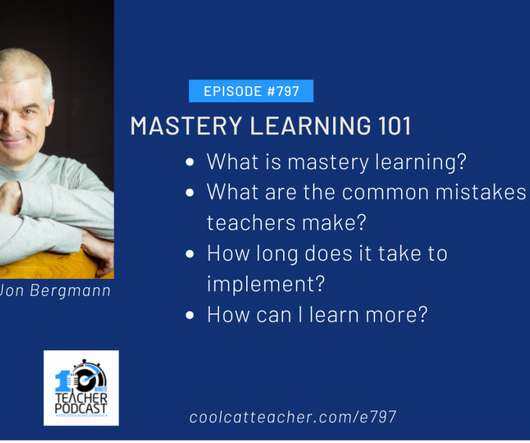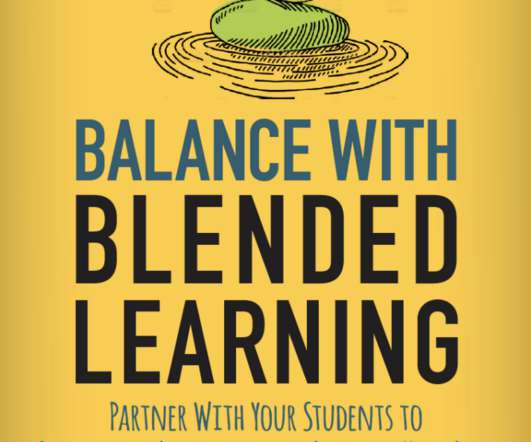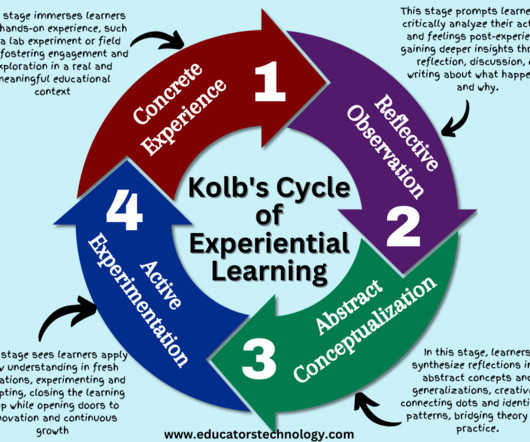What is Mastery Learning and How Do You Implement It Effectively?
The CoolCatTeacher
NOVEMBER 25, 2022
Jon Bergmann, author of the Mastery Learning Handbook talks about how he uses mastery learning in his chemistry and physics classrooms. Check the deals out today at www.dell.com/epp/coolcatteacher and enjoy some awesome new technology this holiday season! Jon Bergmann is one of the pioneers of the Flipped Classroom.

















Let's personalize your content